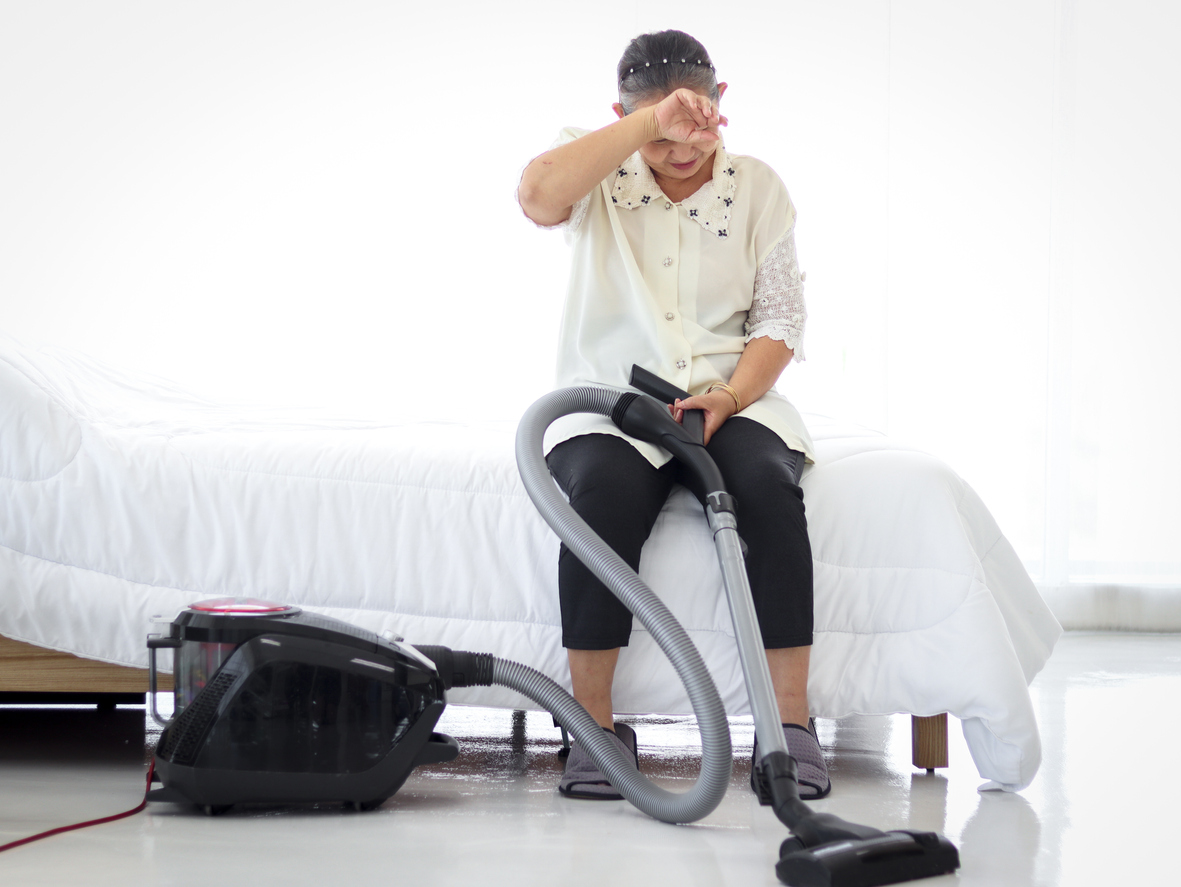Wellness
Walking and Chronic Pain

Walking is one of the least expensive and easiest forms of physical activity. It only requires a pair of sneakers, a place to walk, and the motivation to begin. Once a walking routine is established, the length and intensity can be modified based on individual goals and abilities.
Benefits of walking
Walking 30 minutes per day three to five times per week is recommended for health benefits. Studies have shown that walking also improves pain levels. It is a good alternative form of physical activity for those who are unable to do strenuous activities. Other benefits of walking include, but are not limited to, the following:
- Additional mobility
- Better mood
- Decreased inflammation
- Enhanced sleep
- Greater energy levels
- Improved circulation
- Increased joint support
- Lower risk of dementia and Alzheimer’s
- Reduced loss of bone mass
- Slower mental decline with aging
- Strengthened muscles
- Weight loss
Prior to a walking routine
While walking may help reduce chronic pain, there are cases where it could worsen certain conditions or rest may be recommended for healing. Therefore, a health care professional should be consulted before adding walking into a daily routine. Guidance will be offered as to what level of activity is appropriate and any precautions that should be taken while engaging in physical activity.
Mobility devices and walking
Walking may not be possible or plausible for everyone; however, assistive devices for mobility may help. Mobility devices, such as a walker or cane, provide stability to individuals with limitations. A health care professional can help determine what mobility device is best suited, while ensuring proper use that will not increase pain in other areas of the body.
Tips for walking with chronic pain
While walking is beneficial for various pain conditions, certain tips can provide an effective walking routine. They include, but are not limited to, the following:
- Invest in good shoes. A good pair of walking shoes is important, especially when dealing with chronic pain. Arch support and a slightly elevated heel are two qualities of good walking shoes. Make sure they fit properly to avoid pain in the feet or legs.
- Warm up. It may be beneficial to warm up with a slower walk for five minutes. This can help the muscles adjust and prevent muscle cramps or other injuries.
- Stay hydrated. Dehydration can increase pain; therefore, be sure to drink plenty of water. Sports drinks, tablets, or drops with added electrolytes can be beneficial on hot days, but be mindful of sugar content.
- Monitor heart rate and breathing. An elevated heart rate while walking is normal, but should not exceed the maximum heart rate. Maximum heart rate can be found by subtracting a person’s age from 220. A person should also be able to carry on a conversation without difficulty while walking. If the heart rate becomes too high, or breathing becomes labored, activity levels should be decreased.
- Use proper posture. Maintaining good posture while walking is important to avoid back pain. The toes should point straight ahead, the head up, back straight, and abdominal muscles engaged. The elbows should be bent at a ninety-degree angle and the arms should swing with each step.
Additional sources: HealthTalk.org and Science Direct


















